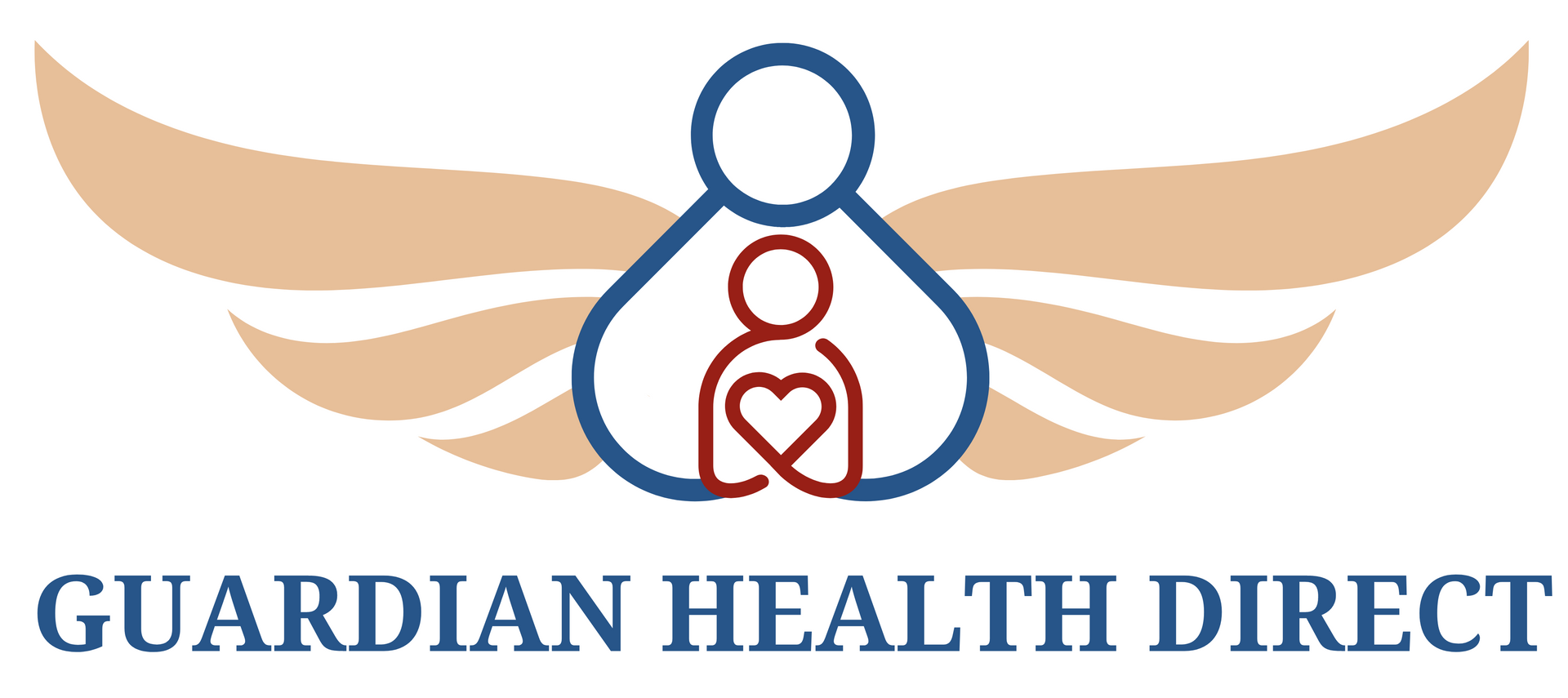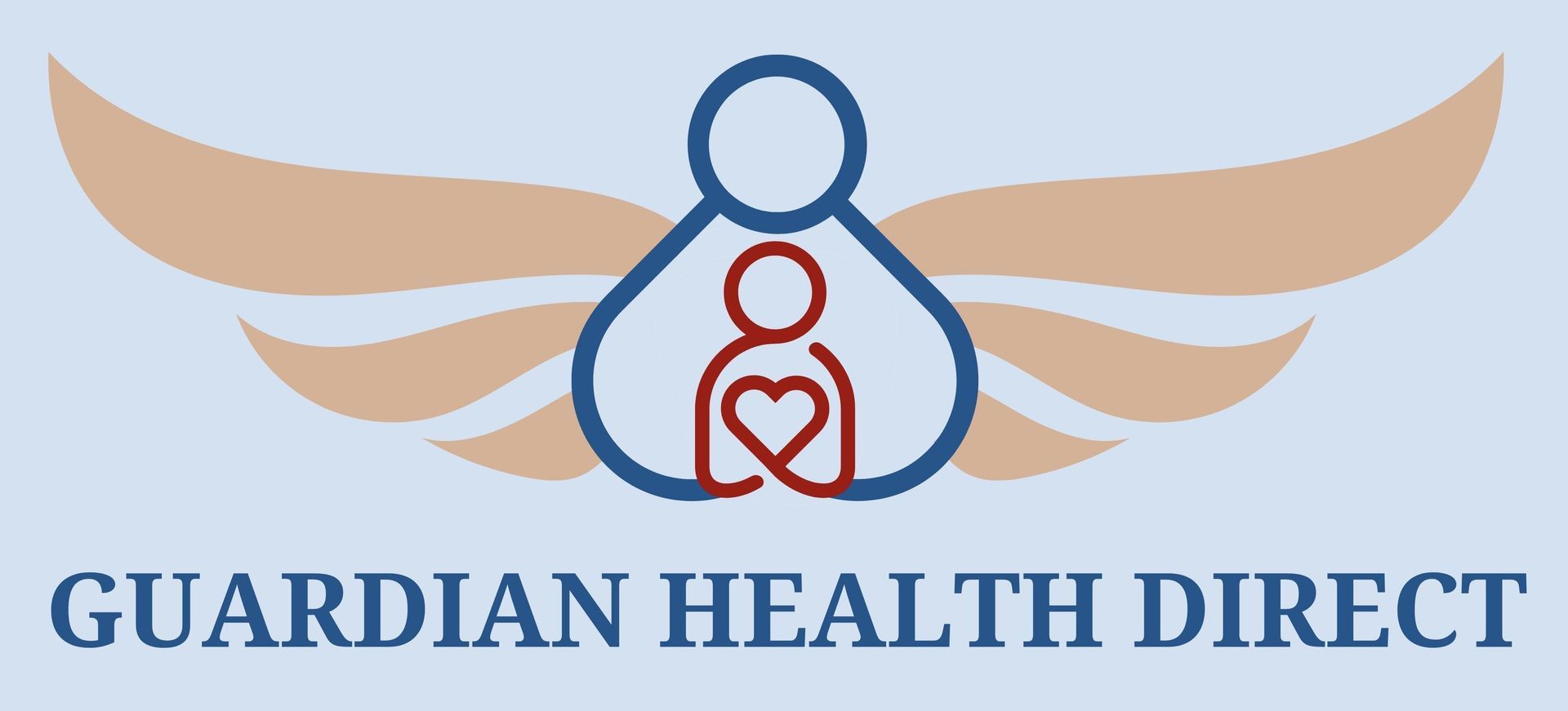Direct Primary Care: A Personal Approach to Health and Wellness
November 6, 2023
This is a subtitle for your new post

In an era where the healthcare system often seems impersonal and overwhelming, Direct Primary Care (DPC) stands out as a beacon of hope, offering a return to the roots of patient-centered medicine. DPC is a revolutionary model that prioritizes the relationship between patients and physicians, ensuring that healthcare is accessible, transparent, and personalized. This transformative approach to care is reshaping the patient experience and rekindling the intrinsic joy of practicing medicine for healthcare providers.
What is Direct Primary Care?
Direct Primary Care is an innovative healthcare model where patients pay a monthly, quarterly, or annual fee directly to their physician's office, without the involvement of insurance companies. This fee covers most, if not all, primary care services including clinical, laboratory, and consultative services, as well as comprehensive care management. By eliminating the middleman, DPC fosters a direct financial relationship between patients and physicians.
The Benefits of Direct Primary Care
Enhanced Patient-Physician Relationships
One of the most compelling advantages of Direct Primary Care is the strengthened bond between patients and their primary care providers. The DPC model allows for longer visits, which means patients have ample time to discuss their concerns without feeling rushed. This nurturing of the patient-physician relationship leads to better health outcomes and a deeper understanding of each patient’s unique health needs.
Predictable Healthcare Costs
DPC introduces a transparent cost structure free from the surprises of hidden fees and complex billing statements associated with traditional healthcare models. Members appreciate the predictability of their healthcare expenses, allowing them to budget for their medical needs without the fear of unexpected bills.
Focus on Preventative Care
Preventive care is the cornerstone of Direct Primary Care. With a proactive approach to health, DPC physicians have the time to educate and guide their patients on wellness and prevention strategies. This emphasis on prevention not only helps in maintaining optimal health but can also reduce the long-term costs and complications associated with chronic diseases.
Accessibility and Convenience
The DPC model typically offers same-day or next-day appointments, and many DPC practices provide telehealth services for even greater accessibility. Additionally, patients have direct communication channels with their physicians, such as phone calls, emails, and text messages, ensuring they receive timely care and advice.
Reduced Overall Healthcare Costs
Patients enrolled in DPC often experience fewer hospitalizations, ER visits, and specialist referrals. This reduction in tertiary care services translates into significant savings for both patients and the healthcare system at large.
Personalized Care Plans
Direct Primary Care physicians have the time and flexibility to tailor care to each individual. Whether managing chronic conditions or addressing lifestyle goals, the DPC model empowers physicians to customize care plans that truly resonate with the personal objectives and circumstances of each patient.
A Positive Wave in Healthcare
The positive impacts of Direct Primary Care are palpable. For patients, it means receiving attentive and tailored care. For physicians, it signifies a return to the heart of medical practice—the doctor-patient relationship—without the bureaucratic distractions that so often dilute the quality of care.
A Sustainable Model for the Future
As more patients and physicians discover the profound benefits of Direct Primary Care, we can anticipate a sustainable transformation in the healthcare landscape. DPC is more than a trend; it’s a return to the foundational principles of healthcare, rooted in compassion, quality, and efficiency.
A Thriving Community
The growing popularity of Direct Primary Care has also fostered a burgeoning community of like-minded individuals who value a more personalized approach to health. Patients in DPC practices often feel a sense of belonging and camaraderie, sharing in the journey toward optimal health alongside their caregivers and fellow patients.
Conclusion
Direct Primary Care is more than just a healthcare model; it's a movement toward a brighter, more sustainable future in medicine. By placing the emphasis on people rather than paperwork, DPC is setting a new standard for what healthcare should be: a direct, meaningful, and positive force in the lives of patients and physicians alike. As this innovative model continues to grow, it promises to bring with it a healthier, happier society, where the focus is squarely on the well-being of each individual.
Embracing Direct Primary Care is a step forward to a system where health is not just managed but cherished, where medical care is not just adequate but exceptional, and where the patient-physician relationship is not just necessary but celebrated. It's time to consider a change, and Direct Primary Care is leading the way.

May 21, 2023
The Future of Personalized Healthcare: Direct Primary Care & Concierge Care When it comes to healthcare, one size rarely fits all. Every individual has unique needs and preferences, and yet our healthcare system often approaches patient care with a generalized lens. That's where Direct Primary Care (DPC) and Concierge Care come in — the vanguard of personalized healthcare. At our clinic, we believe in bringing healthcare back to its roots: patient-centered, personalized, and high-quality. Let's delve into how Direct Primary Care and Concierge Care are revolutionizing the healthcare landscape. What is Direct Primary Care? Direct Primary Care is a unique model of health care where patients pay their doctor or clinic directly in the form of a monthly, quarterly, or annual fee. This fee covers a broad spectrum of primary care services. By eliminating third-party insurance from the equation, DPC fosters a more direct doctor-patient relationship, often leading to enhanced care and lower costs. The Benefits of Direct Primary Care Here are a few of the unique benefits offered by DPC: Access: You have direct access to your healthcare provider. This could mean same or next-day appointments, easy communication through text or email, and a real relationship with a doctor who knows you well. Transparency: Pricing is straightforward and transparent. You know exactly what you're paying for and won't be surprised by any hidden costs. Personalized Care: With fewer patients, your healthcare provider can dedicate more time and attention to you and your specific health needs. Concierge Care: A Step Further While DPC eliminates third-party insurance, Concierge Care is often a hybrid model. Think of Concierge Care as your healthcare butler, ready to provide you with personalized care and attention. Benefits of Concierge Care Premium Access: Get priority appointments, longer consultation times, and even home visits. Comprehensive Care: Access to preventive and wellness services, like nutrition guidance, health coaching, and comprehensive annual physicals. Personalized Attention: With a smaller patient load, your doctor can give you more of their time and attention. Why Choose Our Clinic for Direct Primary Care & Concierge Care? Our clinic is dedicated to reimagining the patient-doctor relationship. We believe in delivering high-quality, personalized healthcare tailored to your unique needs. Our experienced team of professionals will partner with you to achieve your health goals, whether you are dealing with a chronic condition, aiming for prevention, or just want a doctor who knows you well. We value transparency, convenience, and above all, your health. By adopting the Direct Primary Care and Concierge Care models, we are setting new standards for patient care, and we invite you to experience the difference. So, if you are tired of impersonal healthcare and ready for a more focused, patient-centric approach, visit our clinic for Direct Primary Care and Concierge Care. We are committed to transforming your health and wellbeing, one personalized appointment at a time. Keywords: Direct Primary Care, DPC, Concierge Care, personalized healthcare, patient-centered care, healthcare services, doctor-patient relationship, preventive care, wellness services, chronic condition, patient-centric approach, healthcare provider, clinic.

